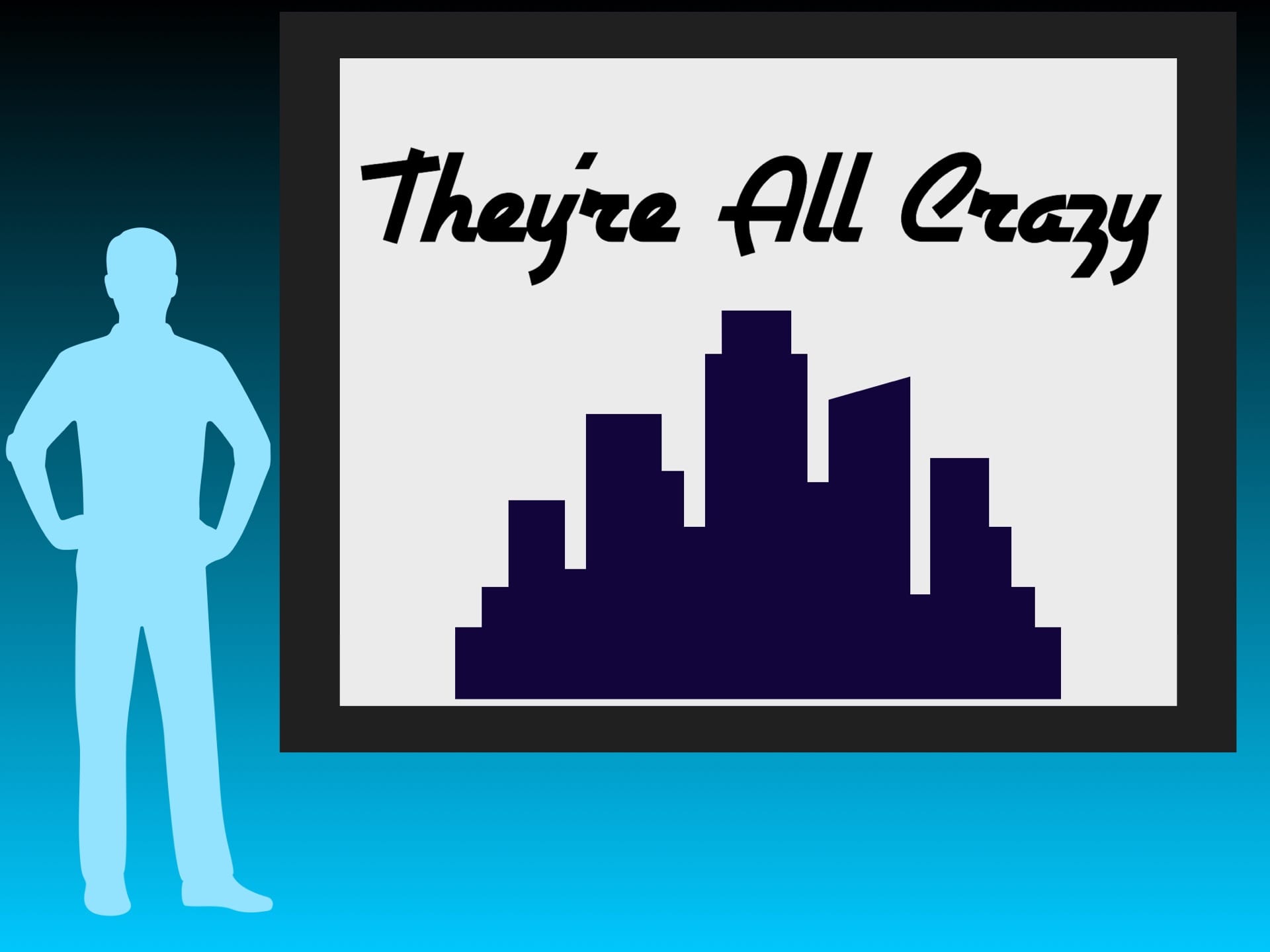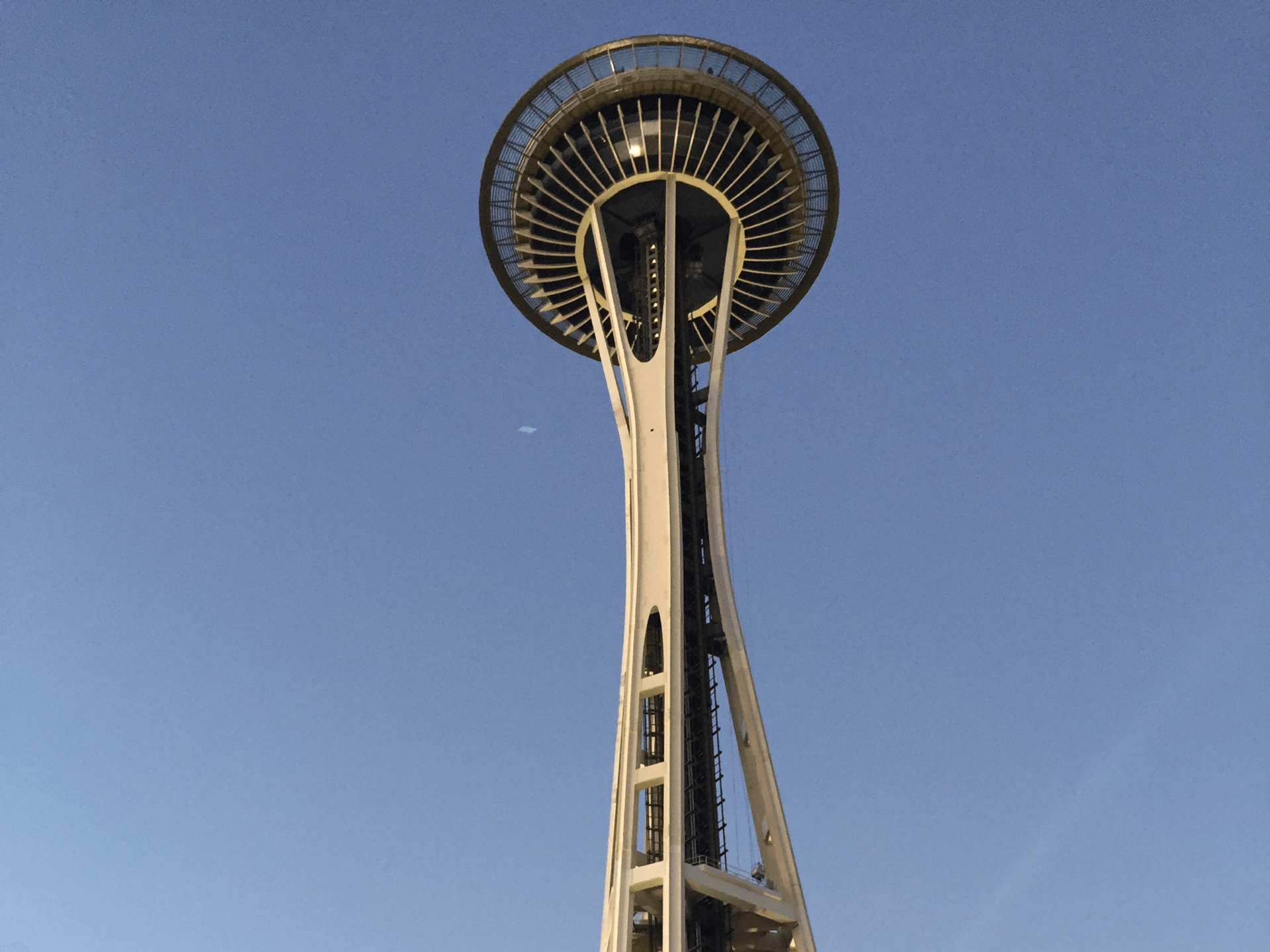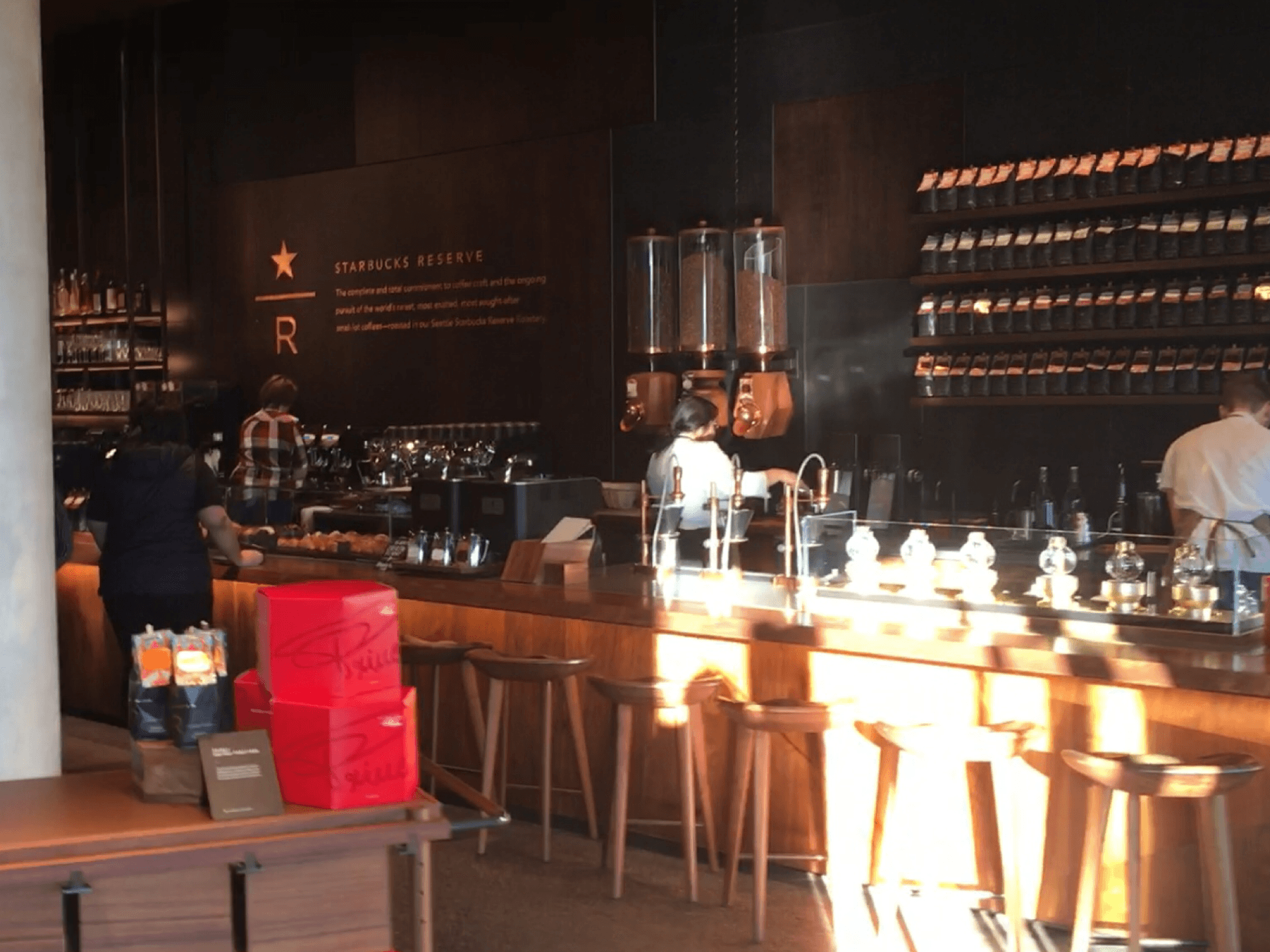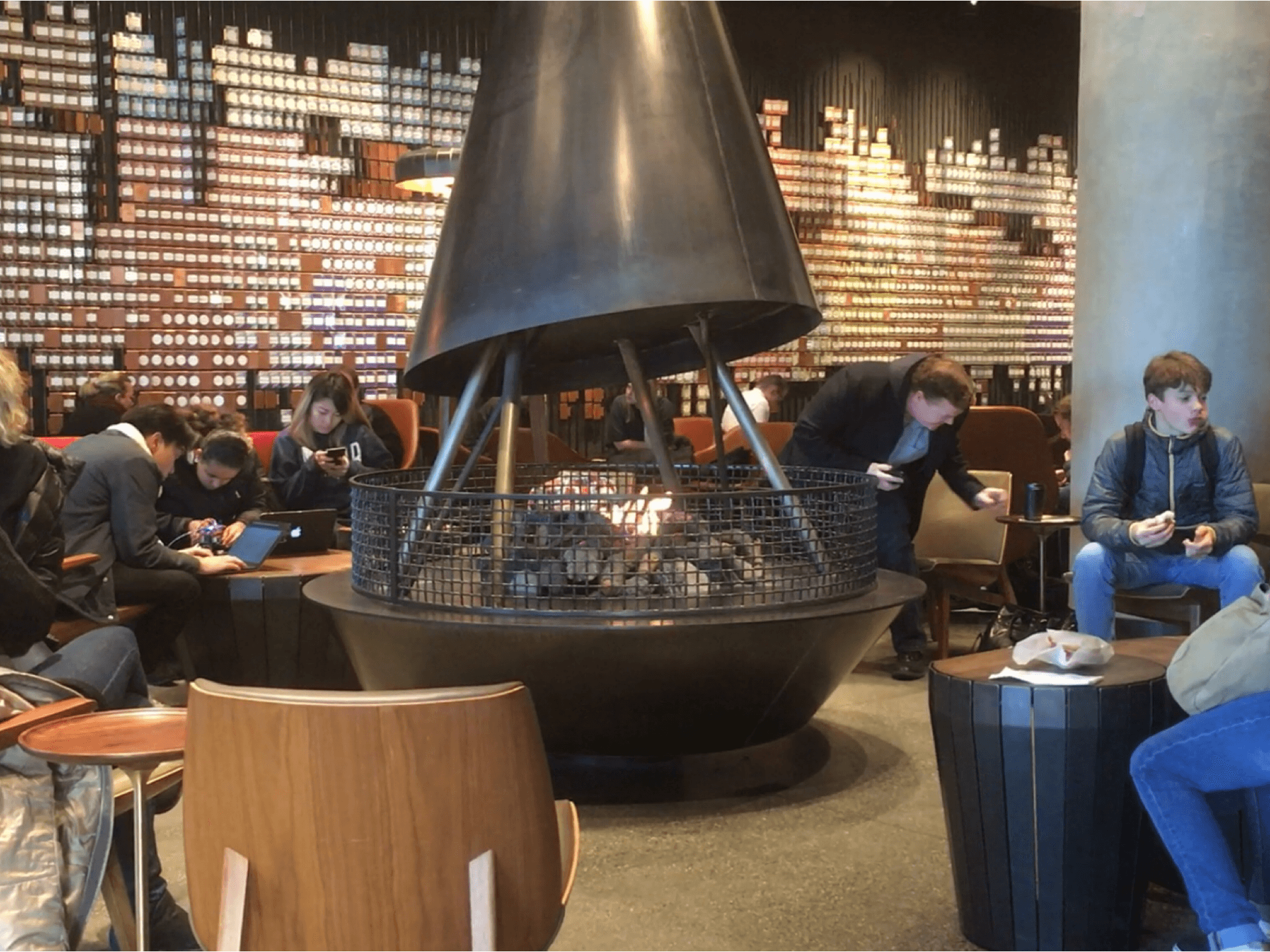This is my 5th SLC, and such, is SCLs the 5th. Now that I have all this experience with MPols and the structure, it is different. Adaptation. Anyways. We’ve started a new course thing called PGP, and through that, we’ve got specific things we need to work on throughout our studies. For PLP 10, they are as follows.
Finding Humour
Applying Past Knowledge to New Situations
Questioning and Posing Problems
Remaining Open to Continuous Learning
And so, I will be telling the journey of my learning through these things! Now, I haven’t really done any focusing on the Finding Humour one, but the rest are there. So, let’s go on to the first one…
Applying Past Knowledge to New Situations
This is a very important thing to be able to use, and to a project in which I think I demonstrated this well was the Trigonometry Project; SohCahToa, the Tropical Trig Island.
The past knowledge that was uses in this project was the circuitry. We learned about this a bunch in Grade 9, and the concept really stuck with me. So for our building, we had actual circuits to demonstrate the use of the solar panels!
Questioning and Posing Problems
Questioning and posing problems is very important for PLP students, as most, if not all of our learning is based around a driving question. Asking questions can help if you don’t understand something, or help deepen your learning. There’ve been two projects this year that this was my main focus. The first one is the Chemistry Unit, which we have only recently started. Chemistry intrigues me, and when we are doing book work and experiments, I want to understand everything fully. So I ask questions, either cementing an observation in my mind, or figuring out new concepts.
Remaining Open to Continuous Learning
Now, this is integral for high school. Because of the curriculum change and stuff, we as students sometimes find ourselves learning the same stuff as before, but in a deeper way. One, not project, but kind of focus in PLP, is video-making. We have made tons and tons of videos, and sometimes it gets a little arduous. This year, we have done many videos, and have been focusing in on refining our skills in our Maker Class. We did this a lot during our Recreation Project; “And Action, Wait, *Thunder* Okay Go”.
For this project, we had to be very technical. Before filming, we had to get all of these different forms in, outlining this story and such. They may seem annoying at the time, but they really help you understand your story. Also with the videos, editing it is a skill I’m still working on. I just am not fully adept in the art that is editing. What I can do is write screenplays, which I have done in several of our group video projects.
Another project, or well, area, that this has come in handy, is the PGP course we’ve started this year in PLP. But the thing is, this isn’t a new concept. From the beginning of Grade 8, we’ve been learning about Growth Mindset *groan* and goal setting. It’s just that this course has really made us accountable for our goals. Not only that, but it has made goal setting clearer to me, and helped me understand what I really need to focus on.
And finally, the project all 10s could refer to for this is the Cray Cray Unit.
The Cray Cray Unit, consisting of 3 big assignments including an essay, a video, and the Winter Exhibition, plus the Seattle Trip, was one of the times this was a necessary asset. We understood the topic so deeply after, and I think that was huge.
That is the biggest part of this, the deeper learning. With all of these skills, we will gain a deeper knowledge of all the topics we work on, something that I don’t think you get from regular school.
And that concludes my MPol!






































